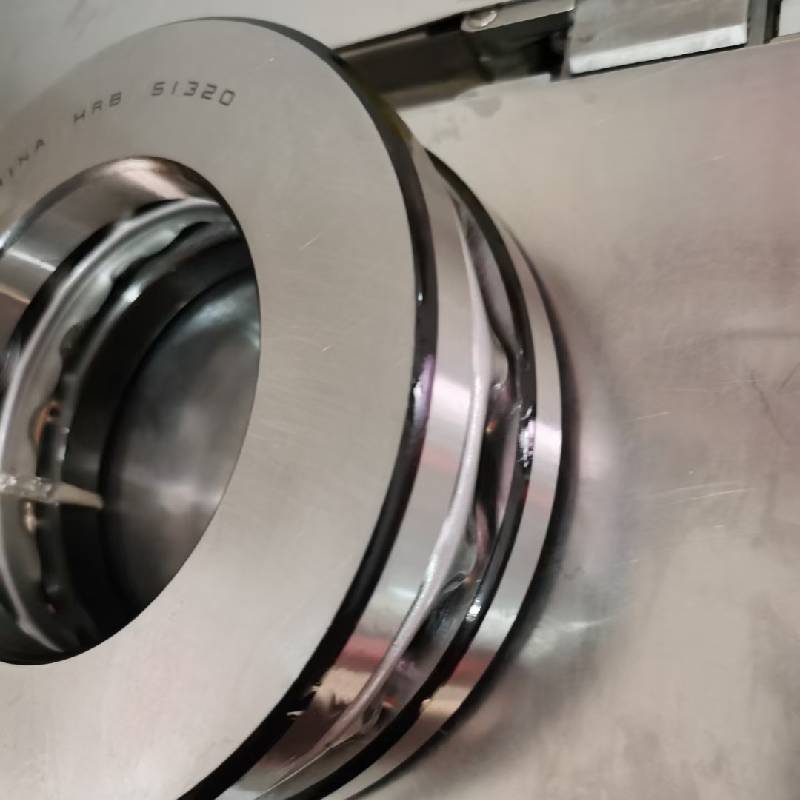
Nov . 11, 2024 18:47 Back to list
application of taper roller bearing
Application of Taper Roller Bearings
Taper roller bearings are a crucial component in modern machinery, known for their ability to accommodate both radial and axial loads. Their unique design, which features conical rollers and races, allows them to endure high-shear forces while maintaining smooth operation. This multifaceted utility makes them indispensable in various industrial applications, automotive configurations, and many other sectors.
Design and Mechanics
Taper roller bearings consist of an inner ring, an outer ring, tapered rollers, and a cage to maintain optimal spacing between the rollers. The tapered geometry allows the rollers to contact the raceways at a single point, minimizing friction and wear. This design enables the bearing to handle significant axial loads in one direction, a feature that distinguishes it from other bearing types, such as ball bearings, which are more suited for radial loads.
The ability to manage both axial and radial loads makes taper roller bearings ideal for high-speed applications where heavy loads are present. They are designed for easy assembly and can be adjusted to accommodate shaft misalignment and thermal expansion, which is crucial in various operating environments.
Automotive Applications
One of the most prevalent applications of taper roller bearings is in the automotive industry. These bearings are integral to the operation of wheel hubs, where they manage the forces exerted on wheels during acceleration, braking, and cornering. The design of taper roller bearings allows them to compensate for changes in load as the vehicle moves, ensuring stability and safety.
Furthermore, taper roller bearings are also used in transmission systems and differential assemblies, where they help to manage the torque delivered from the engine. Their ability to operate efficiently under high temperatures and varying loads makes them highly suitable for these demanding applications.
application of taper roller bearing

Industrial Machinery
In industrial settings, taper roller bearings are employed in a variety of machines such as conveyors, gearboxes, and electric motors. Their robust design allows them to function effectively in heavy machinery, where they sustain significant impacts and vibrations. The ability to operate under substantial loads without failing is critical in manufacturing processes, where downtime can lead to significant financial losses.
Additionally, taper roller bearings are favored in applications involving vibrating screens and feeders due to their resilience and long service life. The self-adjusting nature of taper roller bearings aids in maintaining performance in environments where alignment may change due to load variations.
Aerospace and Marine Industries
The aerospace industry also benefits from the utilization of taper roller bearings. In aircraft, these bearings are used in landing gear assemblies, where they help manage the immense forces experienced during takeoff and landing. Their high precision and reliability are essential for safety in air travel.
In marine applications, taper roller bearings find use in propeller shafts and rudder systems, where they effectively handle axial loads and high radial forces due to currents and waves. Their corrosion-resistant materials and sealed designs provide additional reliability in challenging marine environments, ensuring longevity and performance.
Conclusion
In summary, taper roller bearings are a vital component across various industries due to their exceptional ability to handle both radial and axial loads. From automotive wheel hubs to industrial machinery and aerospace applications, their design versatility and operational reliability make them a preferred choice for engineers and designers. As technology advances, the role of taper roller bearings is expected to expand, with innovations focusing on materials and designs that further enhance their performance and durability. Given their widespread application and significance in today's mechanized world, taper roller bearings will continue to play an essential role in future engineering solutions.
Latest news
-
Durable Greenhouse Pillow Block Bearings for Reliable Ventilation
NewsAug.31,2025
-
Spherical Roller Bearings Applications: Heavy Duty, Self-Aligning
NewsAug.30,2025
-
Premium Deep Groove Ball Bearings | High Speed & Reliability
NewsAug.29,2025
-
Durable Scaffolding Clamps - Secure & Reliable Tube Connectors
NewsAug.28,2025
-
Common Failures in Thrust Ball Bearings and Solutions
NewsAug.22,2025
-
How Tapered Roller Bearings Can Take Shock Loads
NewsAug.22,2025
